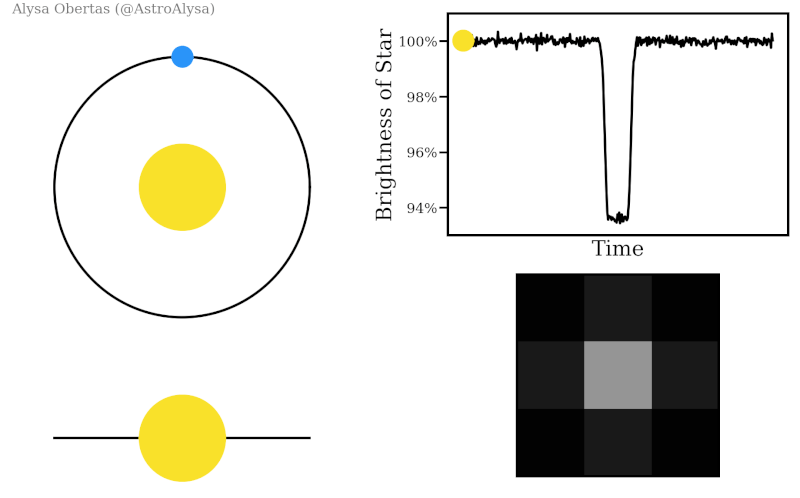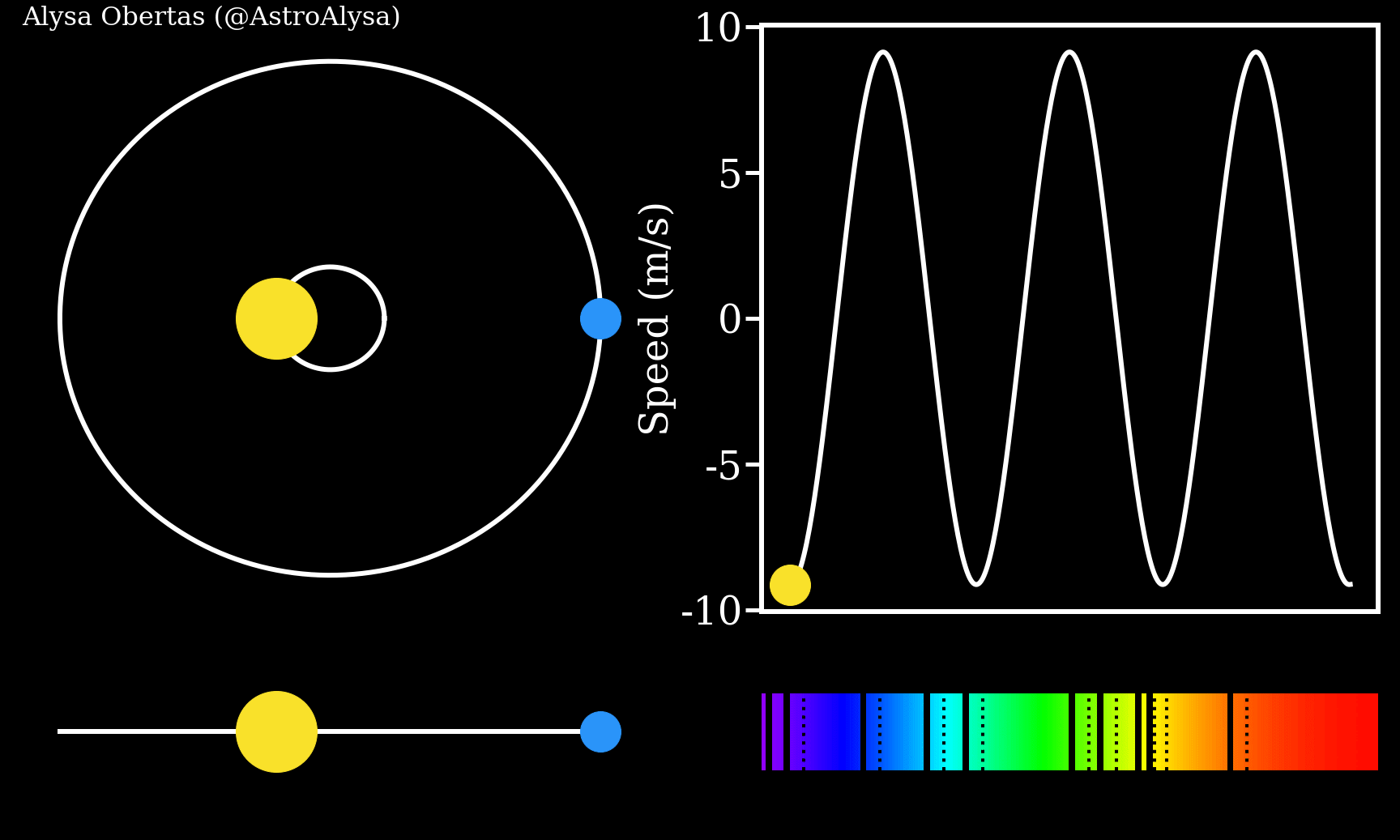A rare world 245 light-years away could be key to unraveling a planetary mystery.
An exoplanet called TOI-733b is just under twice the radius of Earth, and is orbiting a star a little smaller than the Sun with a period of 4.9 days. Measurements of its density suggest that it may either have lost its atmosphere, or be an ocean-covered water world.
At such a close orbital proximity, heat from the star is likely to be evaporating TOI-733b's atmosphere – which means that, in relatively short order, it could transform into a small, naked rock.
This, according to a team of astronomers led by Iskra Georgieva of Chalmers University of Technology in Sweden, could help scientists figure out a curious gap in the exoplanet record: why there are so few worlds between 1.5 and 2 Earth radii.
The research, accepted for publication in Astronomy & Astrophysics, is available on preprint server arXiv.
Since the first exoplanets were discovered in the 1990s, we've gone on to a sort of exoplanet discovery boom. At time of writing, over 5,300 exoplanets have been discovered and confirmed, along with thousands more candidates. All this means that we're able to start seeing some patterns emerge.
Some of those patterns are because of the way we look for exoplanets. The two primary methods are transits and radial velocity.
A transit observes the faint changes in starlight when an orbiting exoplanet passes between us and the star. Radial velocity measurements look for the tiny changes in starlight wavelength as the star is tugged by the exoplanet's gravity.
Both methods are better at detecting larger worlds in close orbits, so those make up most of the exoplanets we've found.
But some other patterns can't be explained by human technology. One glaring example is the small planet radius valley. We've found startlingly few worlds between the super-Earth category of exoplanets, up to 1.5 Earth radii, and mini-Neptunes, over 2 Earth radii.

The reason for this gap is unknown, but recent evidence is beginning to mount for shrinking mini-Neptunes – worlds on the upper side of the radius valley that lose their atmospheres under the blazing heat of their stars, becoming smaller, naked, stripped cores on the lower side of the radius valley.
It's not entirely clear, however, whether the star is driving mass loss, or if it's an internal process, driven by heat escaping the exoplanet core.
Exoplanets within the radius valley are the key to unlocking the mystery. If we can find a significant number of worlds that are undergoing this process, planetary astronomers can analyze them to try to better understand why there's such a strange gap in exoplanet sizes.
Georgieva and her team found an orbiting exoplanet in data collected by NASA's exoplanet-hunting telescope TESS, and used the High Accuracy Radial velocity Planet Searcher (HARPS) spectrograph at the ESO La Silla 3.6-meter telescope to measure its characteristics.
TESS transit data revealed the exoplanet's orbital period, placing the world close enough for photoevaporation. But transit data doesn't just reveal the orbital period. If you know how intrinsically bright a star is, the amount of light blocked by an exoplanet transit lets astronomers know the radius of that exoplanet.
This led to a measurement of 1.99 Earth radii. And the HARPS spectrograph measured the star's radial velocity. Again, this can help measure the exoplanet. If you know the star's mass, then how much it is moving around as it gravitationally interacts with the exoplanet can tell you what the exoplanet's mass is. In this case, that mass was 5.72 Earth masses.

Mass and radius can then be combined to derive density, from which composition can be inferred. TOI-733b has a density of 3.98 grams per cubic centimeter. That's just a little more than the density of Mars, and less than the density of Earth, which sits at 5.51 grams per cubic centimeter.
We don't know precisely what TOI-733b is made of, but the team performed modeling, and found that, if the exoplanet ever had a Neptune-like atmosphere of hydrogen and helium, it probably already lost it. However, if this was the case, the exoplanet reformed a secondary atmosphere of heavier elements.
It's also possible that it's an ocean world. In this case, it would still have lost its hydrogen and helium, but the atmosphere that remained would be rich in water vapor, which is more resistant to photoevaporative processes. In this case, the exoplanet would not have experienced any significant atmospheric mass loss.
"Answering the question of whether TOI-733b has a secondary atmosphere or is an ocean planet boils down to differentiating between a Neptune-like planet that lost its ∼10 percent of H/He to leave behind a steam atmosphere of heavier volatiles, and one that formed and remained relatively the same throughout its evolution," the researchers write.
"While being beyond the scope of this paper, finding an answer to this question will have broad implications on our understanding of exoplanets."
Unfortunately, we're going to have to wait a while for answers. We can probe the atmospheres of some transiting exoplanets. It's a matter of studying changes in the light from the star during exoplanetary transits; any light that passes through the atmosphere will change, and scientists can study those changes to work out the atmospheric composition.
But TOI-733b is not a particularly good planet for performing such a probe. We will have to wait for the next generation of telescopes to be able to pry into TOI-733b's atmospheric secrets. When the time comes, though, the team's research indicates that it will be well worth a look.
"By all accounts TOI-733 b looks to be an interesting planet and holds the potential of being a small but key piece to solving big puzzles in exoplanet science," they write.
"With ever increasing in-depth theoretical analyses and the promise of high-precision follow up by present and upcoming facilities, we seem to be well on the way to finding answers to major questions relating to planet formation and evolution."
The research has been accepted in Astronomy & Astrophysics, and is available on arXiv.
